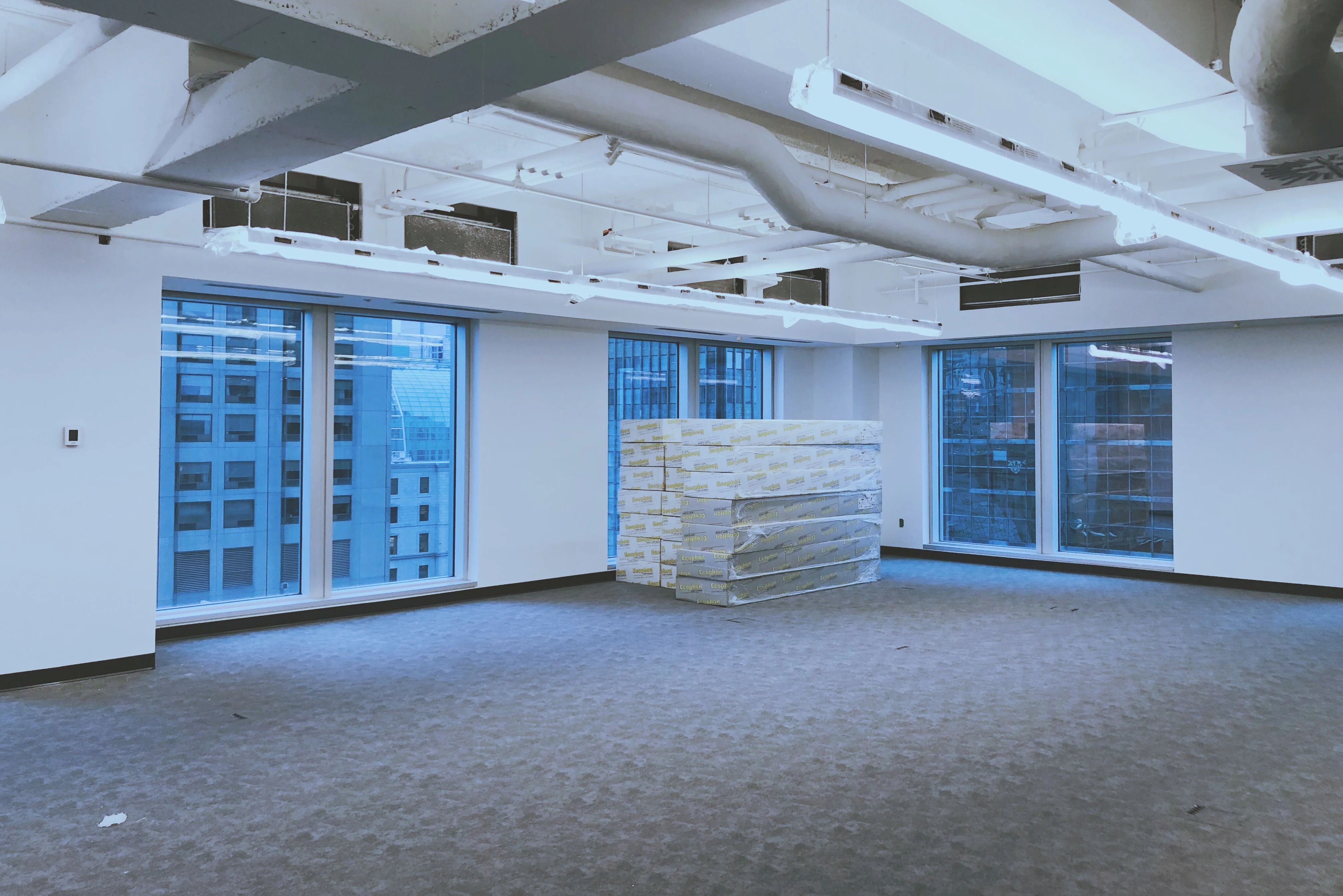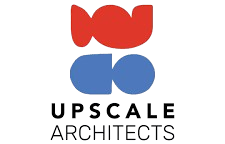While client expectations have moved forward—favoring instant visuals, remote collaboration, and real-time evaluation—most teams are still relying on static PDFs, buried Dropbox folders, and delayed walkthroughs. The result? Missed momentum, slower decisions, and fewer conversions.
The most effective teams today aren’t necessarily offering better space. They’re offering clearer visibility into what that space can become—using scalable tools like virtual tours powered by modern online virtual tour software.
Listings that leverage 3D tours sell or lease up to 31% faster and receive more than 50% more views.

Why the Traditional Leasing Workflow No Longer Holds
Early-stage client engagement typically requires a test fit, a visualization, and a pricing conversation. But those deliverables often live across three different teams, in three different tools, with turnaround times measured in days.
That’s fine when volume is low. But at scale—multiple listings, shifting client needs, frequent iterations—it becomes a bottleneck.
Most internal design teams aren’t built to handle rapid test fits at scale. Renderings take time. And few brokers can confidently speak to layout feasibility or cost alignment without pulling in a project manager or architect.
This disconnect between leasing speed and design delivery is where deals lose velocity — a challenge explored in depth by Build Review.

The Operational Shift: Visuals Upfront, at Scale
Instead of starting with a shell space and moving to visuals later, some teams have reversed the flow—starting with visuals, generated programmatically, as the first engagement layer.
Using platforms like qbiq, layout alternatives can be generated in hours, rendered with branded finishes, and shared as immersive browser-based tours. These tours integrate:
- Program logic based on headcount, use case, or asset type
- Space planning that adapts to constraints and requirements
- Rendered tours that allow prospects to walk the space digitally
- Embedded quantity takeoffs for early-stage pricing clarity
The result isn’t just visual polish—it’s decision-enablement. Clients don’t need to imagine what a space could become. They can explore it, share it, and react to it in real time.
From One-Off Marketing to Repeatable Process
What used to be a one-off marketing asset—an expensive 3D tour for a marquee listing—is now becoming a repeatable operational layer.
Modern online virtual tour software doesn’t just produce visuals—it embeds space logic, cost visibility, and finish standards. And when changes are needed, tools like qbiq’s iteration engine can return updated layouts and tours within 24 hours.
That speed creates a new dynamic: leasing teams can respond faster, developers can test more options in parallel, and design teams aren’t overburdened with early-stage layout work that may never convert.
Why This Matters Now
Real estate is moving from reactive to proactive sales. Tenants don’t want to request a rendering—they want to compare options instantly. They don’t want a call to understand fit—they want to explore a tour that shows it.
Teams who understand this shift aren’t just adopting better tools—they’re redesigning their workflow around clarity and scale.
Realtor virtual tours are no longer about polish. They’re about reducing friction at the top of the funnel and enabling smarter conversations earlier.
If visualization is still the last step in your process—it’s time to move it to the front.







.png)









